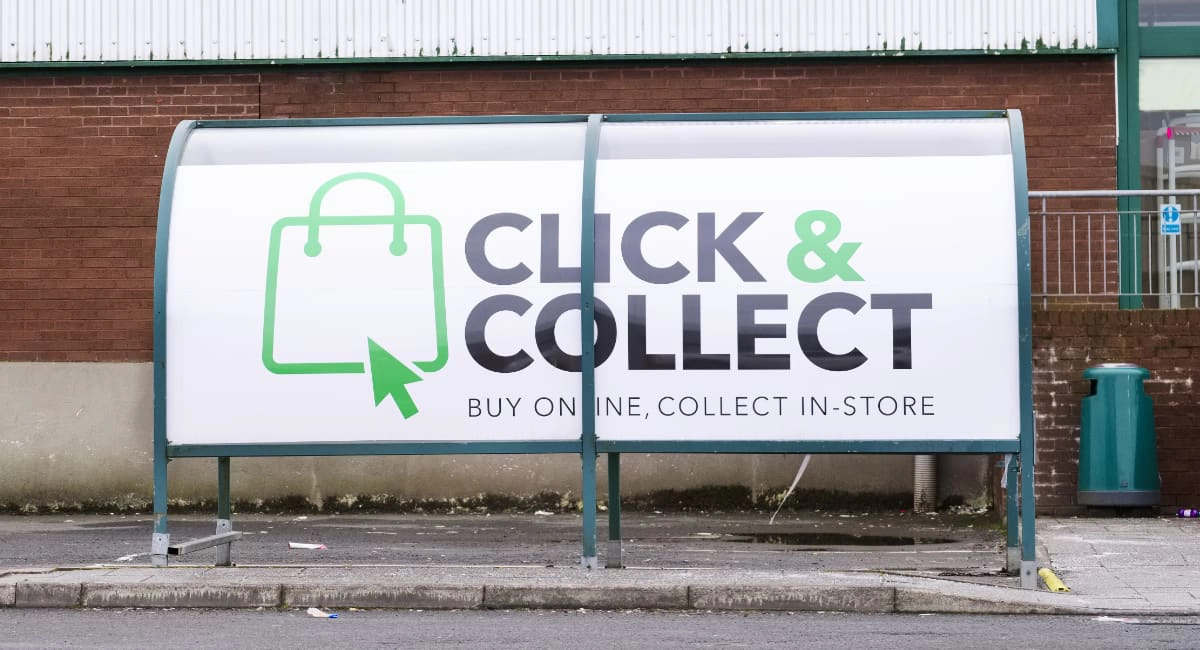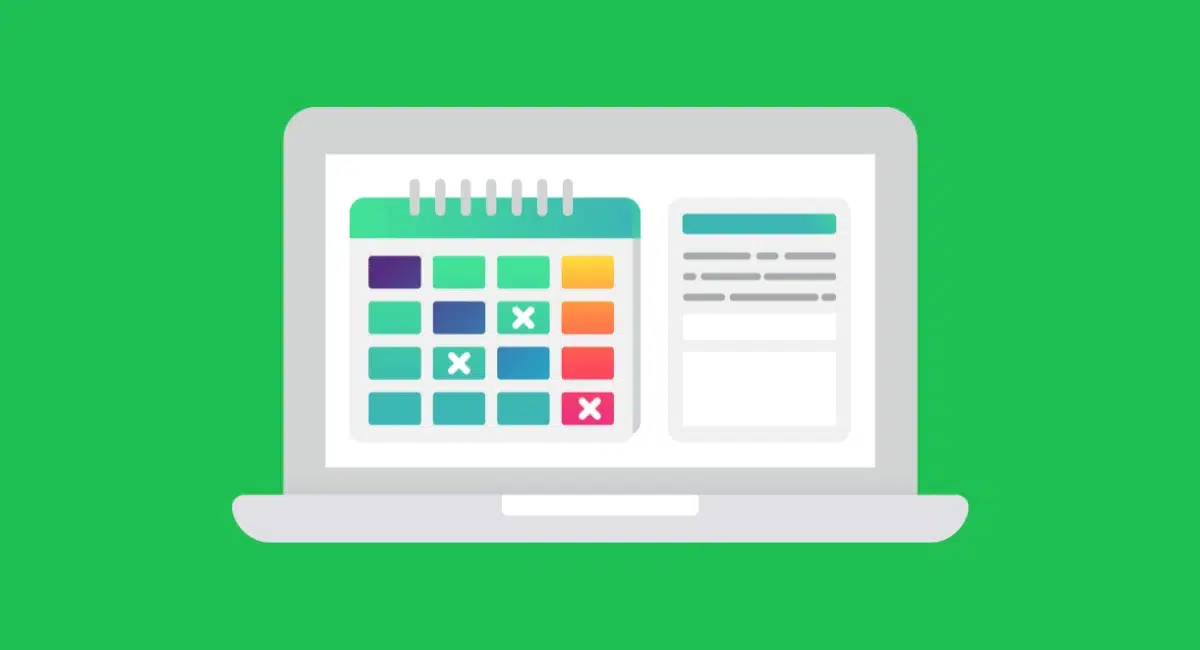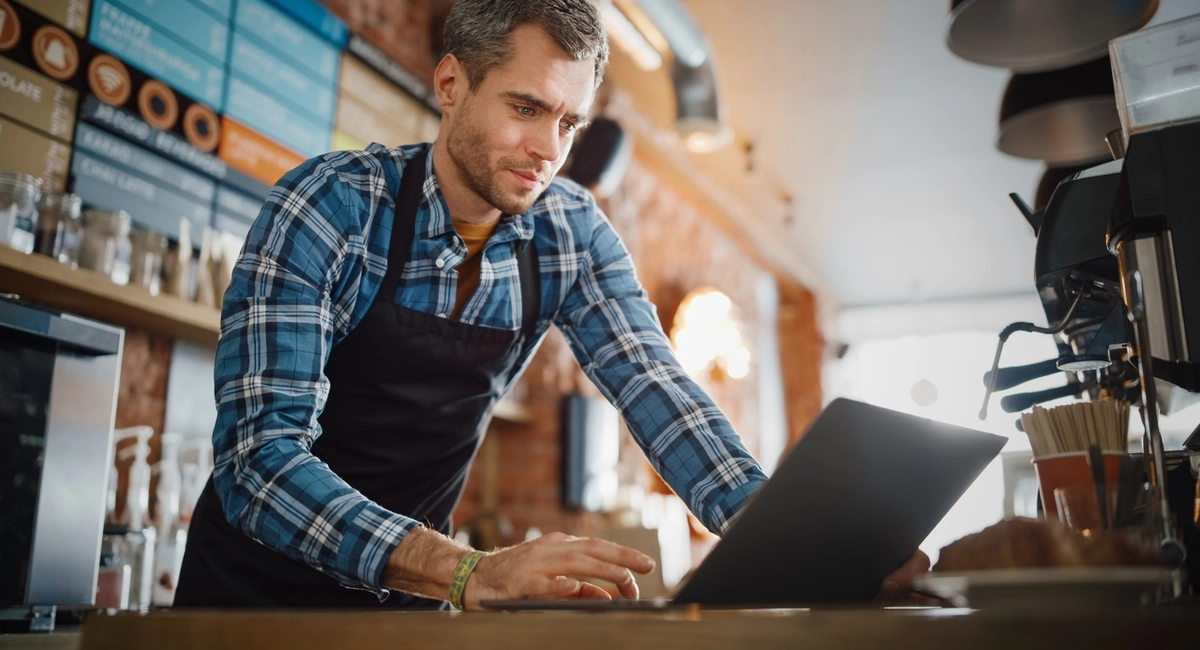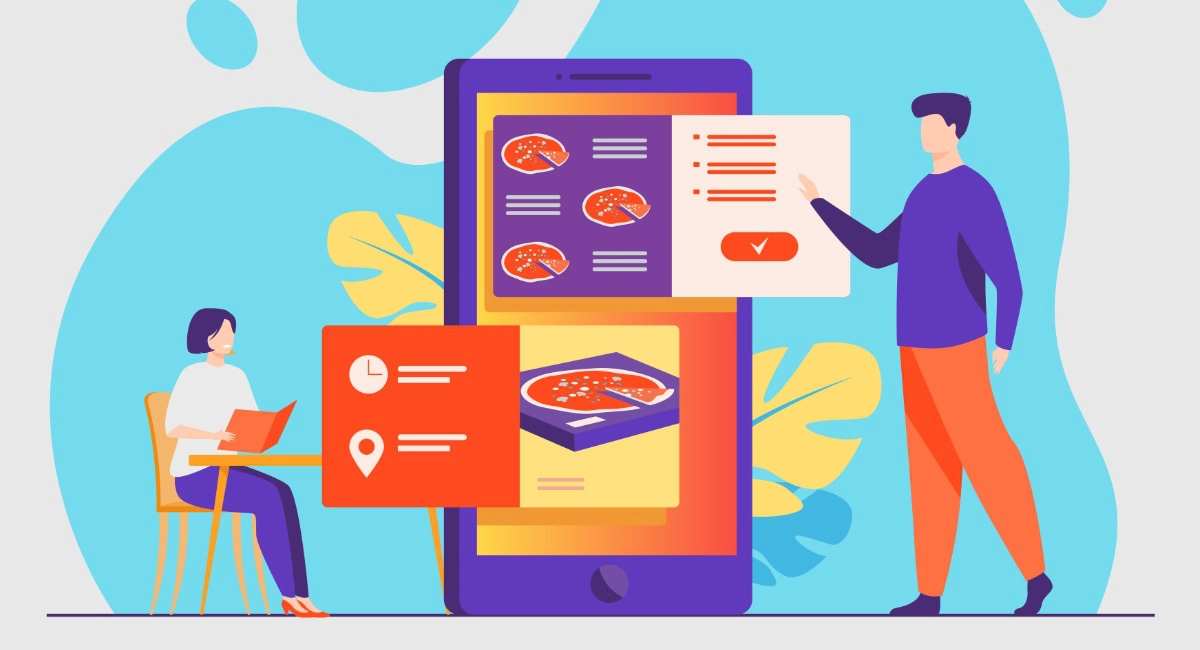Despite the largest fall since records began in retail sales, online shopping has eased the impact of the pandemic. Businesses selling online thrived. In the UK alone, ecommerce sales jumped by 60% between February and March 2020.
The message was clear – sell online or face extinction.
When lockdown hit, the UK government cast the “non-essential retail” wide, and many businesses fell afoul of forced closures. High street retailers quickly implemented ‘Click & Collect’ services on top of already established online stores, offering a reduced-contact and convenient way for customers to get their goods.
Small businesses demonstrated incredible agility as many rapidly enabled ecommerce and began offering click-and-collect options to continue serving their community and loyal customer base. It proved to be a crucial lifeline, helping businesses stay afloat when foot traffic was low.
Now lockdowns have ceased in most places in the UK; some may ask, is click-and-collect just for lockdowns or the long term?
Were consumers asking for click-and-collect pre-Covid?
Even before the pandemic, large retailers and grocers like Tesco had established ‘Click and Collect’ fulfilment models as far back as 2011.
Whilst it didn’t have the momentum it does now, a broad range of businesses were meeting consumer demand and implementing it. In 2018, just under half (47%) of UK shops offered ordering-for-collection services for their customers. The most likely to provide the service were retailers like music, books and games stores (84%), sporting goods (83%) and mobile phone retailers (75%).
All generations made use of the service. Even the majority of Gen Z consumers, who typically prefer in-store experiences, used click and collect when shopping (58%).
In light of this, some feared that ordering for pickup would become a way for customers to avoid engaging with physical retailers, rather than a means to enrich that relationship. It would take a more interesting and immersive retail experience to turn the service into a social event younger consumers genuinely enjoy.
Which is precisely what consumers ended up asking for. Many were demanding improvement in the service so they could gain more from increased use. For example, 56% of consumers stated they would like collection points to include a space to try on clothes and facilitate returns and refunds. And it proved effective, as some stores as much as 16% of their sales to click-and-collect.
Why is it popular with consumers and businesses?
Before the pandemic, click-and-collect was popular mainly due to its convenience. Now, not only is it convenient, it’s safe.
Reducing unnecessary contact became a priority. Order-to-collect offered an excellent way to adhere to that, without customers missing out on their essentials or businesses missing out on revenue.
A good demonstration of its popularity is the significant rise in sales in the grocery industry. Through click-and-collect, the proportion of online food sales increased from 5.3% in February 2020 to 12.2% in January 2021.
As non-essential retail reopened, customers also sought ways to feel secure when not doing their weekly shop. For example, nearly half of UK millennial shoppers were more likely to visit an apparel store offering a pickup ordering option.
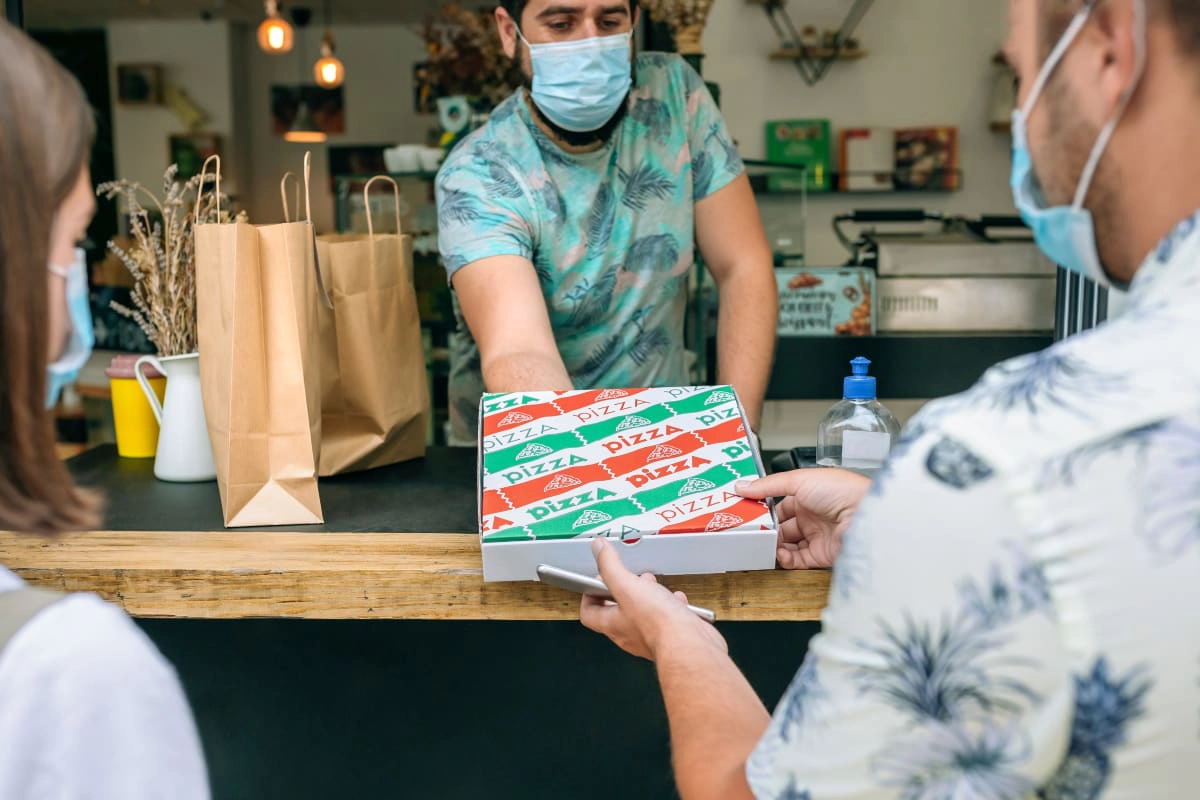
Small food businesses had to suddenly offer order-to-collect to survive lockdowns.
Proof that it worked, that it could be lucrative, and that customers wanted it lit a fire under small businesses to begin offering click-and-collect. Hospitality, especially, embraced the service. As a sector that does not traditionally sell online, click-and-collect provided a valuable means to increase sales and boost their bottom line when they needed it most.
Small businesses, especially, thrive from customers visiting their stores. Physical elements like customer interactions, shop layout, and even location often determine their brand identity.
Therefore, finding a way to encourage customers to continue regular interaction with their business was vital. Click-and-collect presented that opportunity, and research indicates that 89% of retailers offering it have experienced increased footfall in the past two years.
New tools are helping small businesses
Physical-only shops who had not yet dared to enter ecommerce – or had no need to – are now taking decisive steps to do so.
The positive consumer response to order-and-collect shows that businesses don’t need to combine physical shops with vast online support and extensive delivery options to be successful. Merely offering the option to order online and pick up items in person increases the chances of businesses staying open.
In light of this, small businesses are taking advantage of low-cost tooling designed to help them begin offering click-and-collect functionality.
The ecommerce platform Shopify, for example, has added an array of easy-to-implement pickup and delivery apps through the Shopify store. And mobile payments company Square has begun offering comprehensive in-store and ordering-for-pickup functionality on their platform. Merchants can toggle on the location they want to designate as a collection spot, then start providing click-and-collect to their customers.
The fact that affordable service providers aimed at small businesses have begun building order-to-collect functionalities into existing tooling is telling. It suggests they are viewed as a necessity for brands today and are likely to continue to be in the future.
Will click-and-collect still be wanted post-pandemic?
Click-and-collect was in demand before the pandemic hit, and since then, has been refined and adopted more broadly. Especially by businesses that traditionally might not have seen the value in it. Such widespread adoption indicates that companies certainly anticipate it to remain for the next few years at least.
Ecommerce and payments companies have dedicated development time to building ordering and collection functionality into their tools to help businesses offer more to customers and survive. Therefore suggesting they also see the value in click-and-collect and that it’s here for the long haul.
But ultimately, the best indicators are consumers. Already, 30% of consumers state they have ordered for pickup more frequently since the start of the pandemic. On average, shoppers use such services three times a month, compared to two in 2019. And 90% of consumers who have used click-and-collect will keep using it at an increased rate once all restrictions are lifted.
Businesses, service providers and customers all see the value in click-and-collect, and it’s poised to become even more popular. For companies looking to reach wider audiences online without losing that critical intimate element of physical shopping, it will continue to be an excellent (and profitable) investment.

